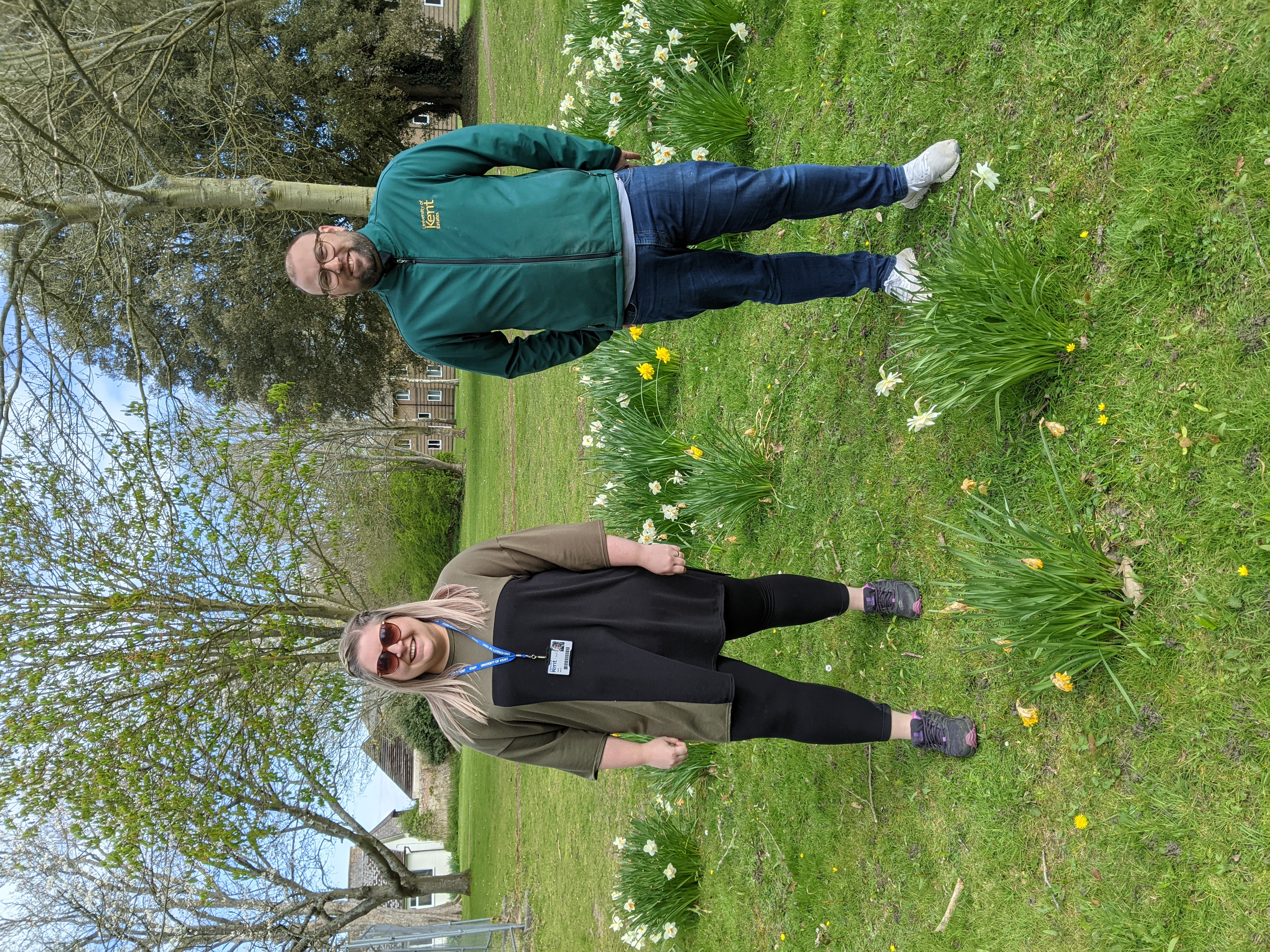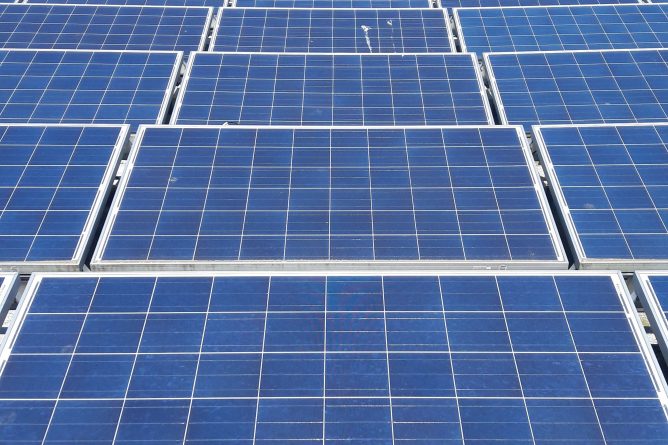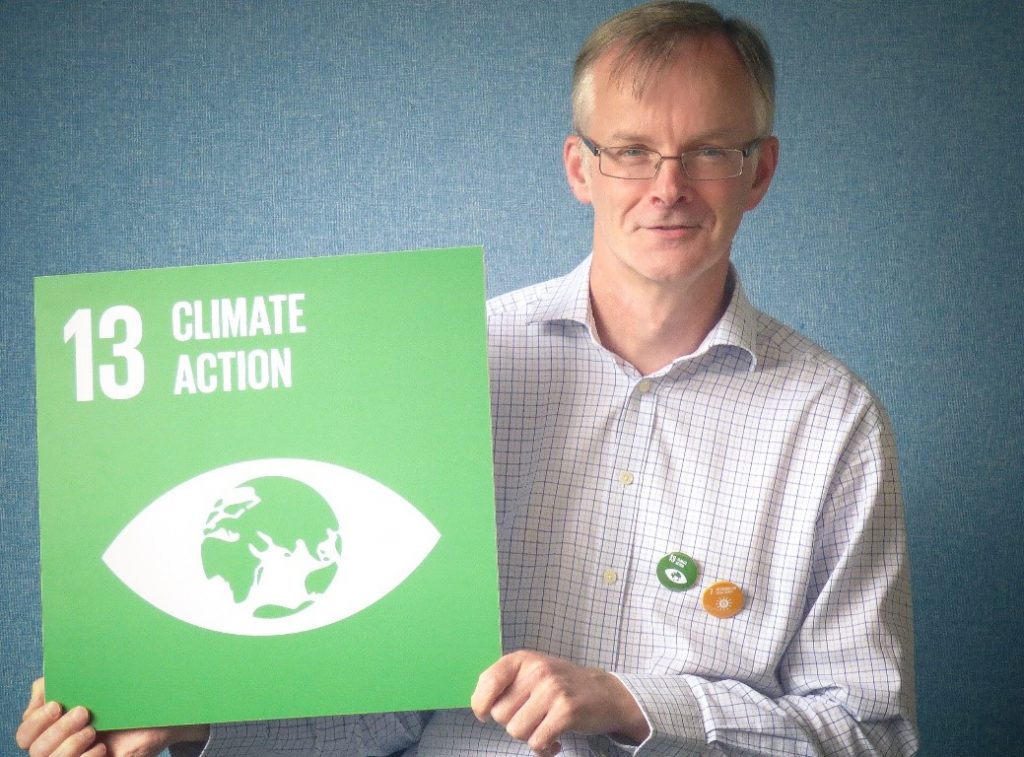
Hi everyone! My name is Jess, I’m a student here at Kent studying Environmental Social Science, and I have just begun my work placement year with the University Sustainability Team, as Sustainability Projects Officer. I have always loved nature, and been passionate about conservation and sustainability, so I knew this role was a perfect opportunity for me. I admire the team’s hard work and all they have achieved and can’t wait to get involved and contribute my ideas. Through my placement I hope to gain valuable experience of environmental sector work, and the challenges and rewards this can present. I’m excited to practice skills I have learnt throughout my degree so far, and to be able to develop my abilities in other areas, for example biodiversity monitoring and surveying wildlife on campus.
Reflecting on my first week in the role, I honestly feel so welcomed, and already feel that I am helping to make a difference by engaging other students with the various environmental initiatives and projects currently taking place at Kent, such as the creation of a Diamond Jubilee Orchard- where 300 fruit trees will be planted to celebrate 60 years of the university and the class of 2025. After a couple of days of training and settling in, I attended the Welcome Fair with the team, where we had stalls promoting the orchard and introducing new students to the Kent Community Oasis Garden (KentCOG)- explaining the work we do, opportunities for volunteering, and helping them plant herb seeds to take home, encouraging a passion for gardening and homegrown produce. We also had a guess the weight of the pumpkin competition– harder than it looks!
Going forward this term, I expect to be spending lots of time at KentCOG volunteering and coordinating other volunteers, as well as organising events and helping to run social media accounts and campaigns for the team- something I really enjoy. I’m so passionate about raising awareness of issues such as the climate crisis and biodiversity loss and the actions that need to be taken, but I am also very mindful of the negative effects of eco-anxiety. I feel that projects like KentCOG can be so beneficial in helping to alleviate that stress, by allowing people to regain a sense of connection with nature and work together as a community to make a positive impact.
As well as helping with events, social media and KentCOG, I hope to use my year to liaise with various student societies within the sustainability network, with the hopes of helping each other with shared goals and working together to make the biggest impact that we can. I aim to work with the SAC Sustainability Working Group to support their initiatives for wellbeing, greenspaces, food and curriculum, and also engage with and recruit more staff sustainability champions, as they are vital in implementing any organisation-wide change.
So, I have lots of goals for this year! But a little bit about me- I absolutely love animals of every kind, being outside in nature, spending time with friends and family, travelling, cooking veggie and vegan food, and art. I also love chatting to people, and especially about anything environment or sustainability related, so please reach out if you want to talk about anything or suggest any ideas that I could help to implement this year! Email me at sustainability@kent.ac.uk.



